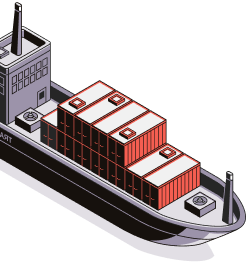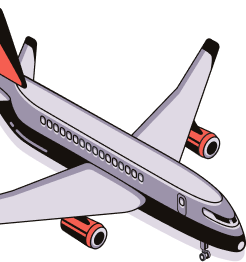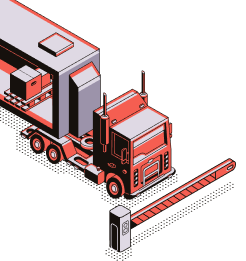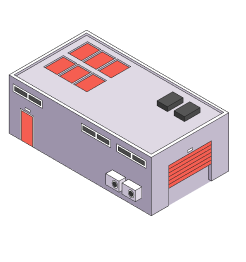Clear Your Thai Imports with Peace of Mind
We simplify your customs procedures to ensure your goods cross borders smoothly, without complications or unexpected fees. Our experienced customs brokers in Bangkok handle thousands of shipments every year, from business imports to personal effects, ensuring a fast, compliant, and cost-effective process.
Customs Clearance in Thailand made simple
Importing goods into Thailand can be complex, especially when navigating Thai Customs regulations, duties, and documentation. Whether you’re a company importing goods for resale or an individual bringing in personal belongings, Siam Shipping helps you handle every step with precision and efficiency.
Since 2016, we’ve been assisting clients across Thailand — analyzing each case individually to deliver a smooth customs clearance experience. Our goal is to minimize delays, avoid additional costs, and simplify your logistics process from start to finish.

Local and Global Presence
Located in the heart of Bangkok near Suvarnabhumi International Airport, Siam Shipping operates with a team of experienced customs brokers and a global network of partners. We handle customs clearance at all airports, seaports, and borders — including Laem Chabang, Bangkok Port, and major land checkpoints.
Our close relationships with Thai customs authorities (TIFFA-certified) ensure faster procedures and priority handling for your shipments.

Cost Reduction and Customs Risk Management
Thai customs procedures can quickly become a source of stress and cost overruns. Our experts anticipate every risk ensuring full compliance with Thai regulations.
We also help our clients suspend or delay import tax and VAT payments (average 30 days) when eligible, through approved financial guarantees or automatic payment systems.
Siam Shipping also provides consulting on how to optimize your customs process, helping you avoid fines, storage fees, or unnecessary inspections.

Full Assistance with
All Your Formalities
Don’t have the time or resources to handle Thai customs paperwork? Siam Shipping takes care of everything — from preparing the documents to clearing your goods through customs — for a complete turnkey solution.
Our team manages the full process, including communication with Thai authorities, filing import declarations through the e-Customs system, and ensuring that every piece of paperwork is valid and compliant.
Whether you’re a business importing goods or an individual moving personal effects, you can focus on your priorities while we handle the administrative complexity for you.
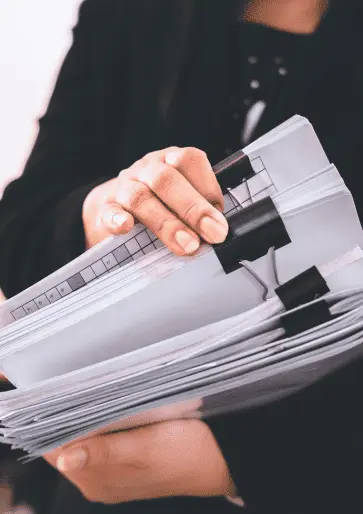
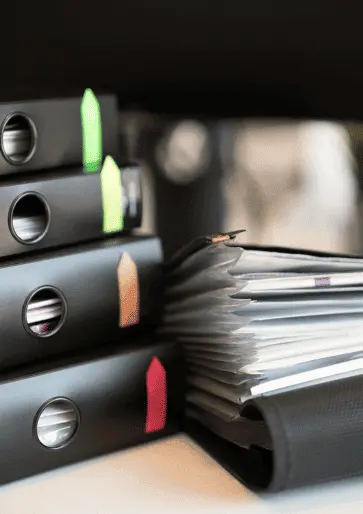
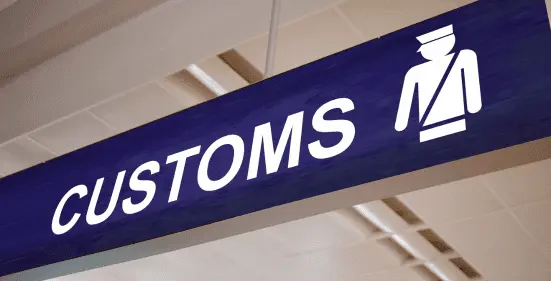
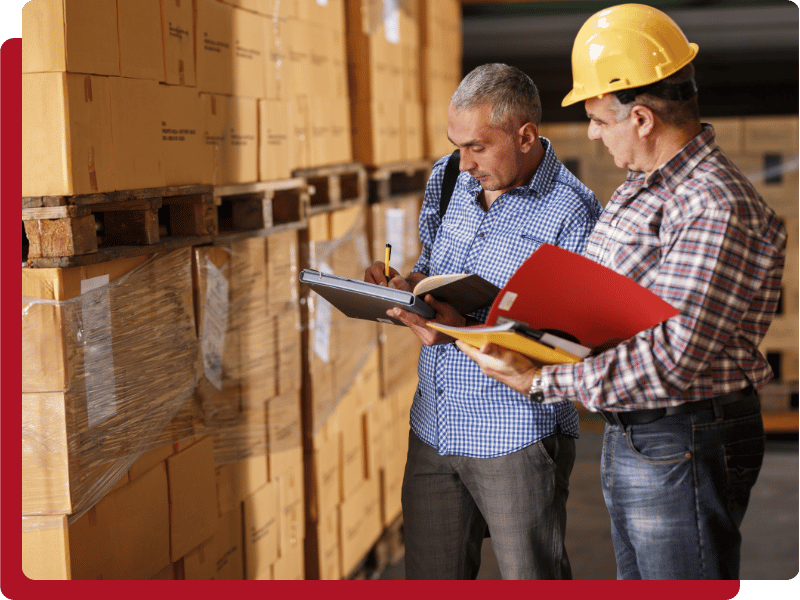
No Surprises, No Delays
A missing or incorrect document can hold your cargo at Thai customs for days — or even weeks. At Siam Shipping, we use our deep knowledge of Thai regulations and our direct links with customs officers to identify potential obstacles before they occur.
Our experts verify the completeness of every commercial invoice, packing list, and certificate of origin; we also check that declared values match market standards to avoid unnecessary re-assessments or fines.
This proactive verification helps prevent delays, storage charges, and other costly surprises that can disrupt your supply chain.
Avoid Customs Overcharges with Optimized Management
Every shipment is unique — and so are the customs procedures that apply. With years of experience clearing thousands of shipments across Thailand, Siam Shipping provides personalized customs brokerage solutions designed to reduce costs and accelerate processing.
We ensure correct HS classification, transparent duty calculation, and strategic use of free zones or bonded warehouses to help you delay VAT and duty payments when eligible.
Our team continuously reviews and optimizes your customs processes to prevent overcharges, mitigate compliance risks, and keep your logistics operations running smoothly.
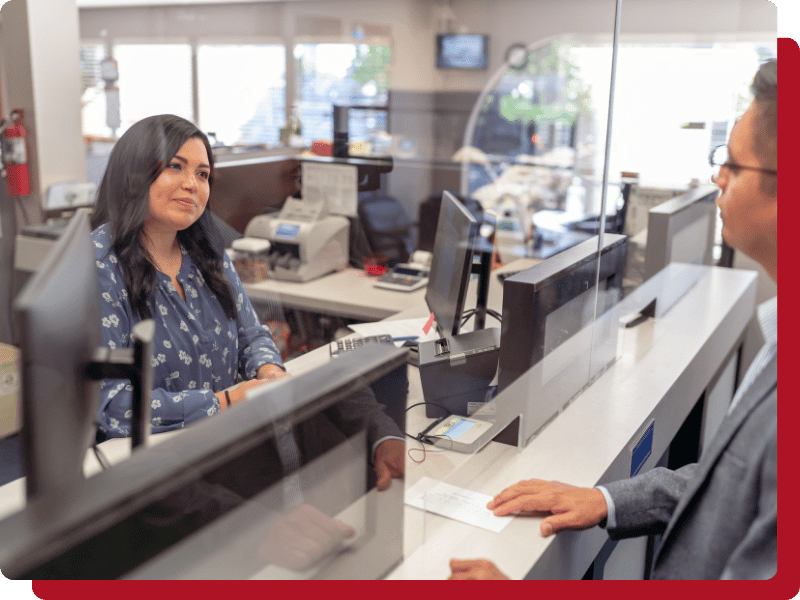
Need help clearing your goods through Thai customs?
Our experts are here to reduce risks, save you time, and ensure your cargo moves without stress.
The Steps of Your Customs Clearance in Thailand
We check and submit all documents — including the commercial invoice, packing list, B/L or AWB, certificate of origin, and required licenses — through the Thai e-Customs system.
We identify the correct HS codes to ensure accurate tax calculation and prevent misclassification penalties.
We calculate duties and VAT based on CIF value (Cost + Insurance + Freight) and help you leverage ASEAN or bilateral trade agreements for tariff reduction.
We coordinate directly with customs and relevant agencies (Thai FDA, Department of Agriculture, etc.) during inspections for labeling, safety, or hazardous goods.
We manage the entire payment process to the Thai Customs Department for faster release of your cargo.
Once approved, we arrange delivery to your warehouse, distribution center, or end client.
We review each operation to identify improvement opportunities and reduce the risk of penalties in future shipments.
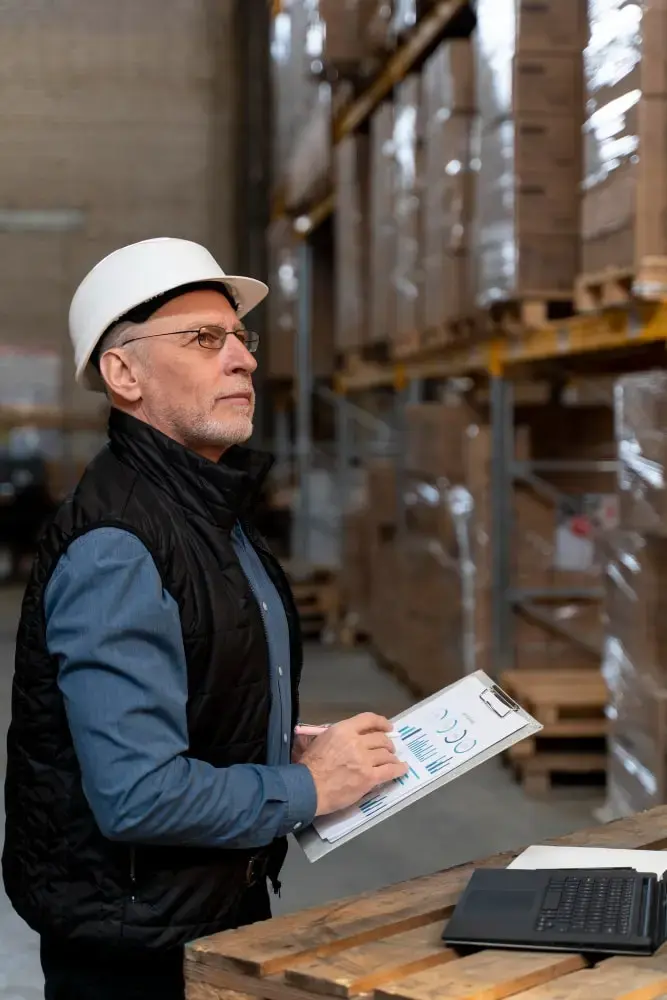
Our Achievements
6100 +
Clients9200 +
Operations230 +
K CBM Chartered4.8 +
Customer SatisfactionClients Testimonials
We can't make this up, read why businesses are trusting us with their shipments every day.
I contacted DocShipper to organize the import of board games from Asia to Switzerland. Despite my lack of experience in the field and the modest size of my request, my dealings with the staff were always professional and efficient. I received sound advice and the staff always took the time to answer my questions. I look forward to working with DocShipper for the import of my goods and highly recommend their services.

Mavrik Grangier
December 10, 2024
My name is Ad Van Den Bosh. I am a Dutch business man cross-trading in the Far East. I reached Robert Houwayek (DocShipper's representative) to clear a 40HC of greenhouse equipment from Qingdao, and deliver it to Lan Krabue in no time. He suggested that I request a Form E, which I did from the supplier, and was able to enjoy a preferential tariff treatment. DocShipper, a way to help you save both time and money!!

Ad van den Bosch
March 5, 2024
I recently used Docshipper to ship my appliances from Germany to Thailand, and I'm thrilled with the service I received! [...]The team was professional, responsive, and kept me informed every step of the way. The packaging and handling of my appliances were top-notch, and they arrived in perfect condition. I was impressed with the attention to detail and care taken to ensure a safe and successful transport. I really recommend Docshipper for it.

Chemmie Chatuphorn
November 28, 2024
In the event of goods being stuck at customs, Robert [...] is a customs broker you should arguably consider to release your cargo. Once I knew that my scale modeling tools coming from Spain are being withheld at Suvarnabhumi Airport, I resorted to him to release it and handle the last mile delivery. All what he asked me is to send 2 emails to be able to do it! [...] Well guess what, within 48 hours, it was done! I got my parcel at my place in Phuket.

Chan chan
Mar 5, 2024
A vice president caught up in the thick of thin things, an EXW shipment of plumbing supplies for irrigation from Eureka California to Costa Rica is definitely not what I’d like to have on my agenda. Robert’s hang-in-there posture toward any arising challenges in shipping. [...] skillfully handled all US export formalities incl. SED/AES filing, not to mention the sea freight from Oakland POL. Everything ended up working out like a charm!

Dave Sheppard
July 10, 2024
I feel they covered everything. DocShipper shipped a 20- ft Milvan overseas to Laem Chabang for a customer. The team was responsible for shipping the shipping to another country. Having very little knowledge in this area, I didn't know how to organise myself . One week after my arrival on the Asian continent. Marc O. Was available at all times and nearly instant feedback. Made a stressful event much easier and he definitely knows his job.

Anonymous, Indiana
Aug 9, 2023
Complete Supply Chain Management
Our customs clearance services are available as a standalone service or can be integrated with one of our other supply chain management services, including last-mile delivery or warehousing.
4 more reasons
to choose us

No Hidden Fees
We guarantee full transparency — you’ll always know exactly what you’re paying for, with no unexpected charges.
Presence Across All Thai Ports and Airports
We clear goods at Suvarnabhumi, Laem Chabang, Chiang Mai, Phuket, and all major land borders.

Strong Relationships with Local Customs
Thanks to our TIFFA certification and years of cooperation, we secure faster inspections and streamlined customs clearance.

A Single Point of Contact
From document prep to release, one dedicated expert manages your shipment end to end, simplifying communication and coordination.
FAQ – Customs Clearance in Thailand
To clear customs in Thailand, you need to present: a commercial invoice, a packing list, a bill of lading (for sea freight) or air waybill (for air freight), and a certificate of origin.
If your goods are subject to specific regulations or restrictions, additional documentation may be required — such as import licenses, FDA certificates, or quarantine approvals.
Make sure all documents are correctly filled out and consistent; otherwise, your shipment can be delayed or blocked at Thai customs.
When all documentation is complete and accurate, customs clearance in Thailand is usually processed within 24 hours for air freight shipments and 1–2 days for sea freight cargo at Laem Chabang or Bangkok Port.
Delays often occur due to missing paperwork, incorrect HS codes, or customs inspection.
At Siam Shipping, we anticipate potential issues to ensure a faster release of your goods.
In Thailand, the CIF value (Cost + Insurance + Freight) is used to estimate the value of imported goods.
Here’s a simplified example:
Item Value: $100
Shipping: $20
Insurance: $30
Total CIF: $150
This CIF value is then used to determine the duty rate, which generally ranges between 0% and 80%, with an average of 21%.
Some products (like laptops, electronic devices, or goods valued under $30) are exempt.
In addition, a 7% VAT is applied to the CIF + duty amount, and an additional 10% excise tax may apply on alcohol or food.
No. Under-declaring the value of goods to reduce customs duties is considered illegal in Thailand.
If the declared value is deemed too low, the Director-General of Thai Customs can impose their own assessed value and even buy or confiscate the goods.
In some cases, arbitrators may be appointed to resolve disputes, but Thai authorities have full discretion.
Attempting to undervalue goods may result in heavy fines, cargo seizure, or long-term import restrictions.
How shipments are chosen for inspection is not publicly disclosed. Thai Customs assigns a risk factor score to each shipment when it enters Thailand.
Cargo may be examined for several reasons, including:
Random inspection (X-ray, tailgate, or physical examination)
Type of goods, e.g., chemicals, pharmaceuticals, or perishables often require lab analysis
Country of origin, particularly if the shipment comes from restricted or high-risk regions
Flagged shippers or importers with a history of misdeclaration
Siam Shipping, certified by TIFFA, has strong relationships with Thai Customs and can advise you proactively if an inspection is likely, minimizing disruption to your operations.
Yes. Certain items are restricted and require prior approval from Thai government agencies, while others are strictly prohibited.
Restricted items include:
Firearms and ammunition (National Police)
Buddha images, antiques, and artworks (Fine Arts Department)
Radio transceivers and telecom equipment (Ministry of Digital Economy)
Plants, seeds, and soil (Department of Agriculture)
Live animals and animal products (Department of Livestock Development)
Medicines, cosmetics, and chemicals (Thai FDA)
Prohibited items include:
Narcotics, fake currency, counterfeit goods, obscene or pornographic material, items with the Thai national flag, and e-cigarettes.
Siam Shipping advises all clients to verify item eligibility before import to avoid penalties or confiscation.
Once your company is established, VAT-registered, and holds a Thai bank account, you can apply for a paperless import/export license from the Customs Department.
The process generally takes less than one day. Required documents include:
KSK 1 application form
Company affidavit
VAT certificate (PP 20)
Bank account proof
Seal registration (BAJ 3)
Passport copy
Power of attorney (KSK 1, page 3)
This license is mandatory for all import and export activities in Thailand. Siam Shipping assists clients throughout the process.
If your goods are held by Thai customs, don’t panic — it’s a common situation.
Reasons may include document discrepancies, unpaid duties, or a pending inspection.
Siam Shipping’s experts will contact the customs authorities directly, provide missing documents, and negotiate the fastest possible release.
We also advise on how to avoid similar issues for future shipments.
In most cases, you will pay Siam Shipping directly.
We issue an official Draft Entry Form (invoice) covering all customs duties, VAT, and service fees.
Once payment is received, we process the transaction with the Thai Customs Department.
This streamlined payment process saves you time and ensures accuracy, avoiding miscommunication or delays.
Exporting from Thailand follows four steps under the e-Customs system:
Submission of an Export Declaration (electronically by broker/exporter).
Verification of the Declaration by the Customs system, which classifies it as Green Line (no inspection) or Red Line (inspection required).
Payment of export duties and taxes through e-Payment, at customs, or at banks.
Inspection and Release of Cargo, after which goods are cleared for loading and exit.
Siam Shipping manages every step, ensuring that all declarations are compliant and that your export operations run smoothly.






